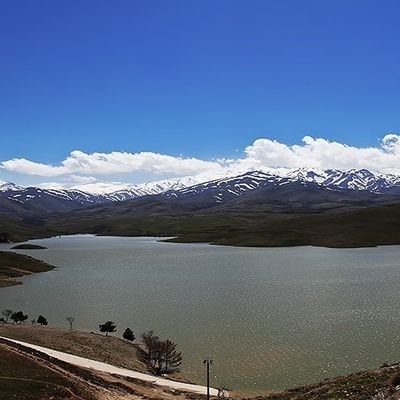SAEDNEWS: Art is increasingly transcending borders, uniting creators from diverse backgrounds to explore global themes and celebrate cultural diversity. These collaborations bring fresh perspectives, breaking barriers and enriching the global art landscape.

According to SAEDNEWS, in today’s interconnected world, art is becoming a universal language that transcends cultural divides. Cross-cultural collaborations are not only reshaping the creative process but also fostering understanding and innovation. From music to visual arts, partnerships between artists from diverse backgrounds are flourishing, reflecting a globalized society.
Cross-cultural collaborations in the arts are a vibrant celebration of diversity, bringing together unique traditions, styles, and histories from different corners of the world. These partnerships create works that honor the richness of varied cultural expressions, encouraging audiences to step outside their familiar cultural boundaries and gain a deeper appreciation for the beauty of global traditions. The fusion of distinct influences results in art that not only reflects the uniqueness of each culture but also highlights the shared human experience.
Additionally, such collaborations often address universal themes that resonate deeply with audiences worldwide. By focusing on pressing global challenges like climate change, migration, and identity, artists create narratives that transcend geographical and cultural boundaries. The blending of perspectives in these projects amplifies their impact, offering fresh insights and fostering empathy on issues that affect humanity as a whole. These themes find powerful expression in works that unite diverse voices, making them particularly relevant in an increasingly interconnected world.
Cross-cultural artistic endeavors also serve as catalysts for innovation, breaking creative barriers that might otherwise confine individual artists. When cultural influences intersect, they spark experimentation with new techniques, mediums, and ideas that may not be present within a single cultural framework. This exchange leads to groundbreaking works that push the boundaries of artistic expression and open new avenues for creativity. These collaborations not only enrich the global artistic landscape but also inspire future generations to explore and embrace the possibilities of cultural fusion.
Music

Music has been a pioneer in cross-cultural collaborations. Iconic examples include collaborations between Western pop stars and traditional musicians, such as Paul Simon’s work with South African artists on Graceland. More recently, K-pop and Latin artists have blended genres to create global hits, reflecting the interconnectedness of today’s music scene.
Visual Arts

In the visual arts, partnerships between international artists have resulted in exhibitions showcasing diverse artistic traditions. Collaborative works often feature elements from multiple cultures, offering audiences a rich tapestry of ideas and techniques.
Film and Theater

Film and theater have also embraced cross-cultural storytelling. Productions like Crouching Tiger, Hidden Dragon combine Eastern martial arts with Western cinematic techniques, captivating audiences worldwide. Similarly, theater projects such as The Mahabharata have brought ancient cultural tales to global audiences through collaborative performances.
The rise of digital platforms has made it easier for artists to connect, collaborate, and share their work globally. Virtual tools enable real-time collaboration, eliminating geographic constraints.
A globalized world has facilitated cultural exchanges, creating opportunities for artists to learn from one another. Travel, international residencies, and global events like biennales provide platforms for these interactions.
Social media amplifies cross-cultural projects, offering artists an immediate global audience. Platforms like Instagram, TikTok, and YouTube are vital for sharing collaborative efforts and fostering conversations between artists and audiences worldwide.
Challenges
While cross-cultural collaborations bring immense value, they also face hurdles. Language barriers, differing creative approaches, and logistical issues can complicate the process. Additionally, there’s a risk of cultural appropriation if collaborations are not approached respectfully and authentically.
Opportunities
These challenges, however, are outweighed by the opportunities to build meaningful connections and break stereotypes. When done thoughtfully, cross-cultural art not only enhances the creative process but also serves as a powerful tool for global unity and empathy.
Cross-cultural collaborations are redefining the global art landscape, creating a space where boundaries dissolve, and innovation thrives. These partnerships expand audiences, diversify artistic narratives, and offer a deeper understanding of the human experience. By blending traditions and exploring new ideas, they contribute to a richer, more inclusive art world.
The rise of cross-cultural collaborations marks a new era in the arts. As technology continues to connect the world, these partnerships will likely become even more prevalent, offering endless possibilities for creative exploration. By embracing diversity and working together, artists are proving that collaboration transcends borders, creating art that speaks to everyone, everywhere.

